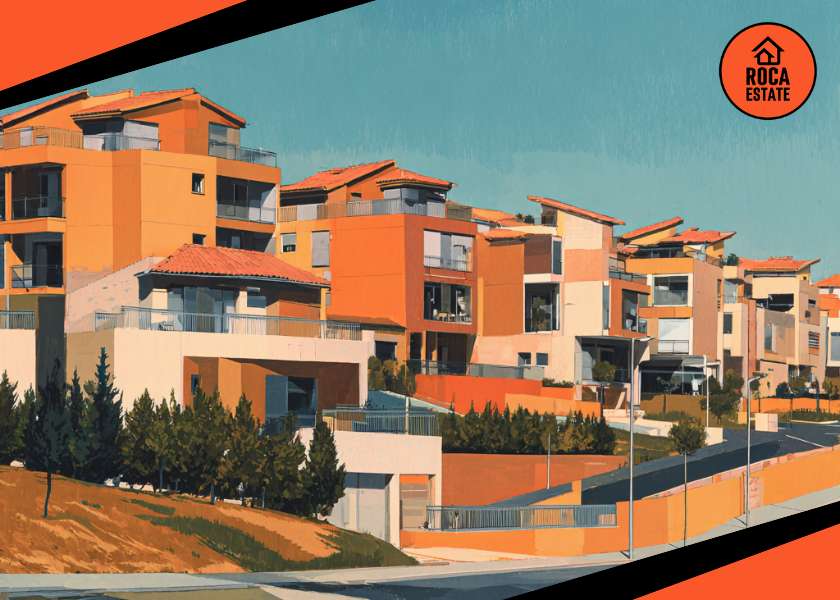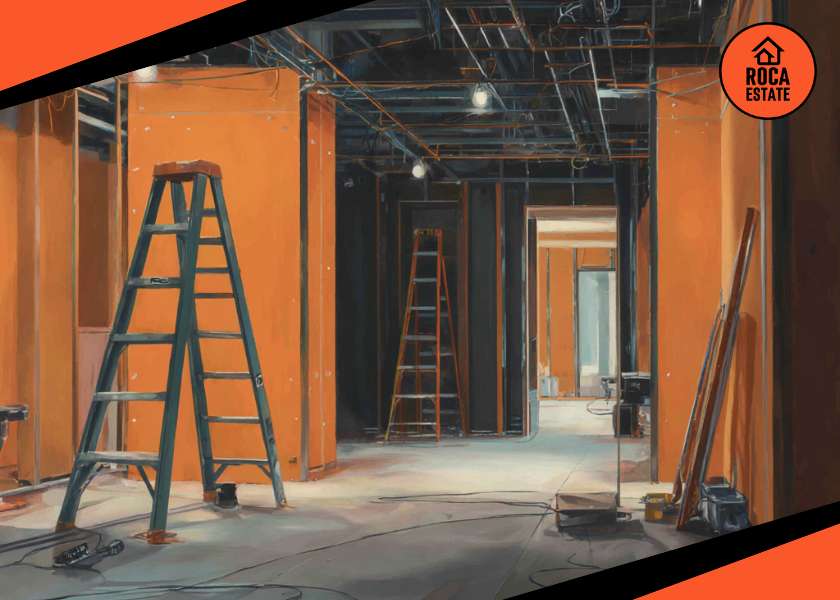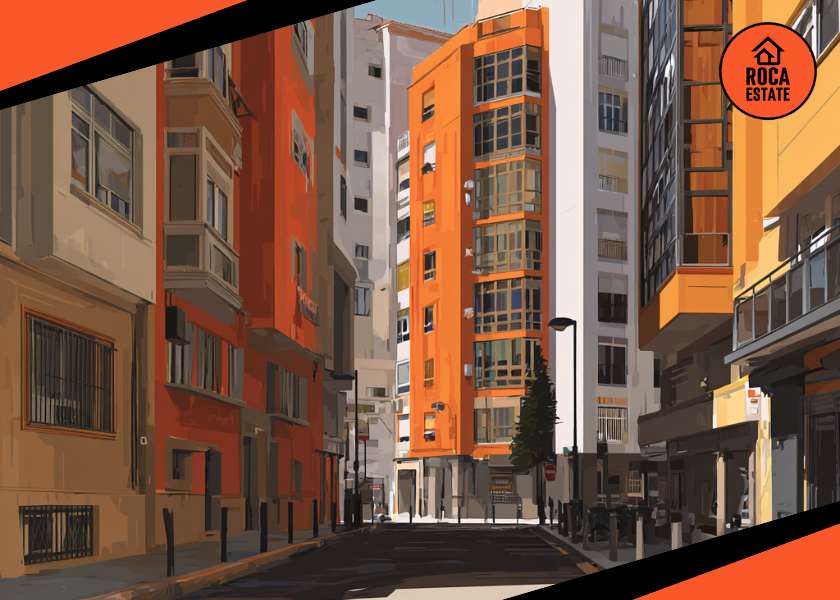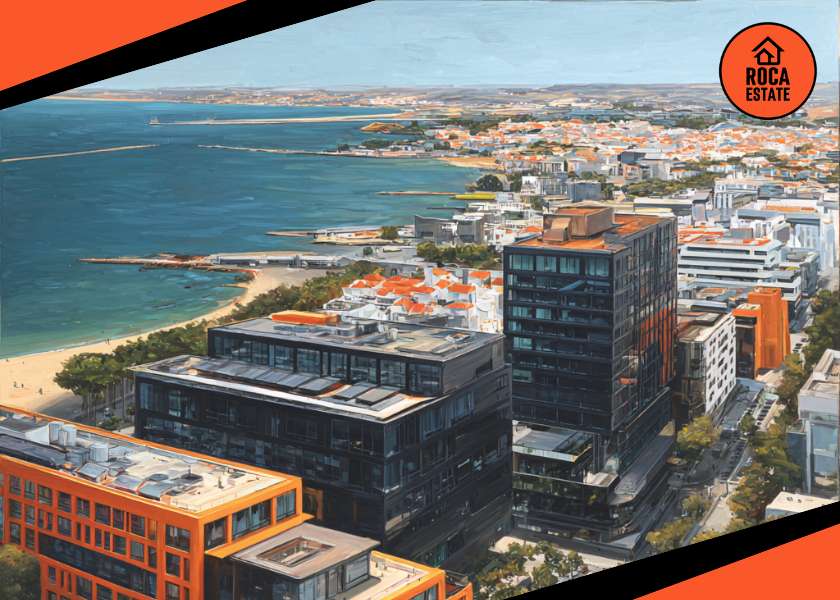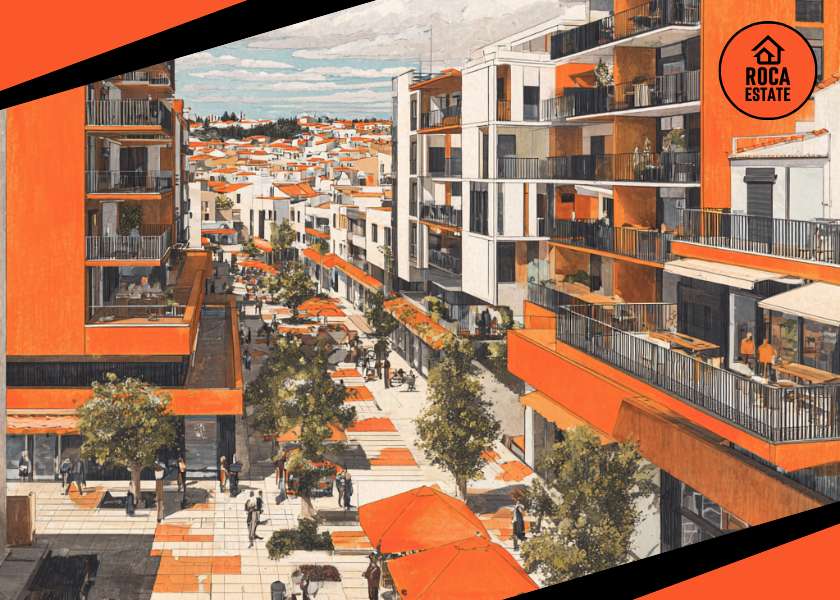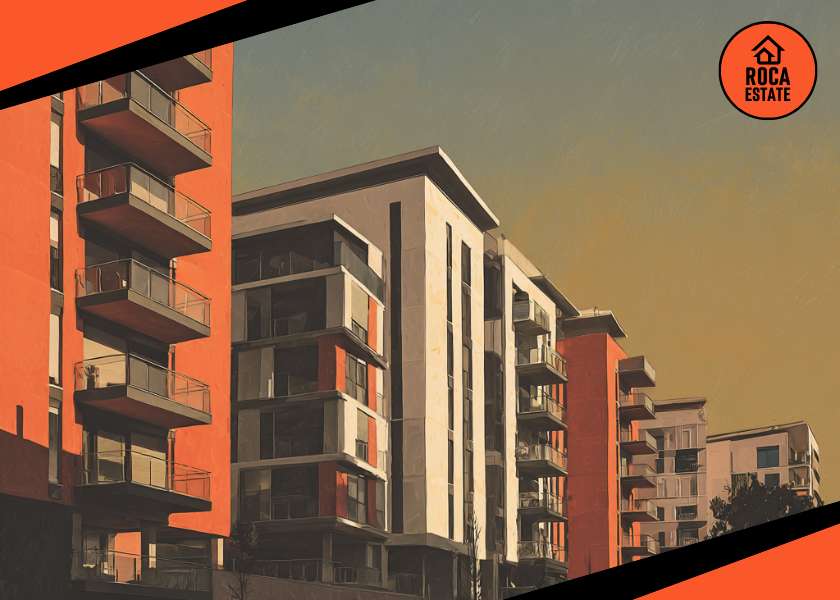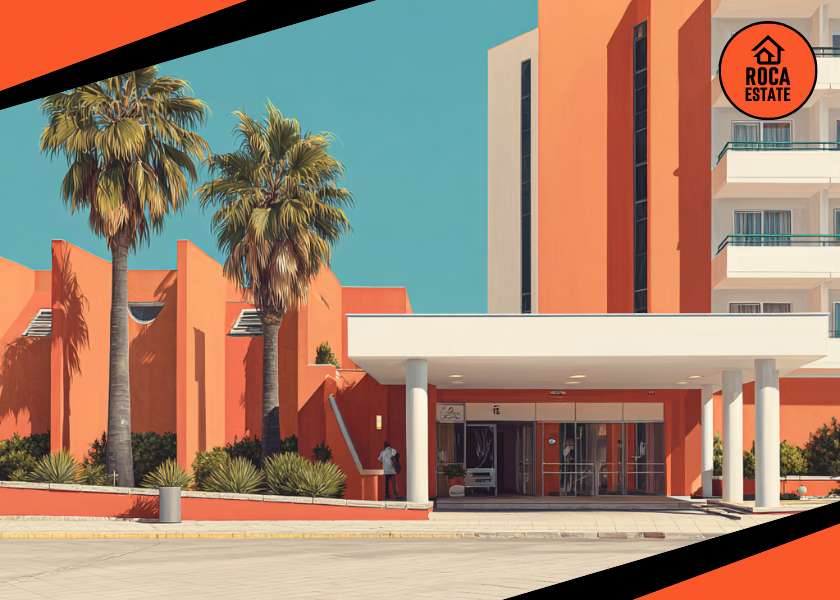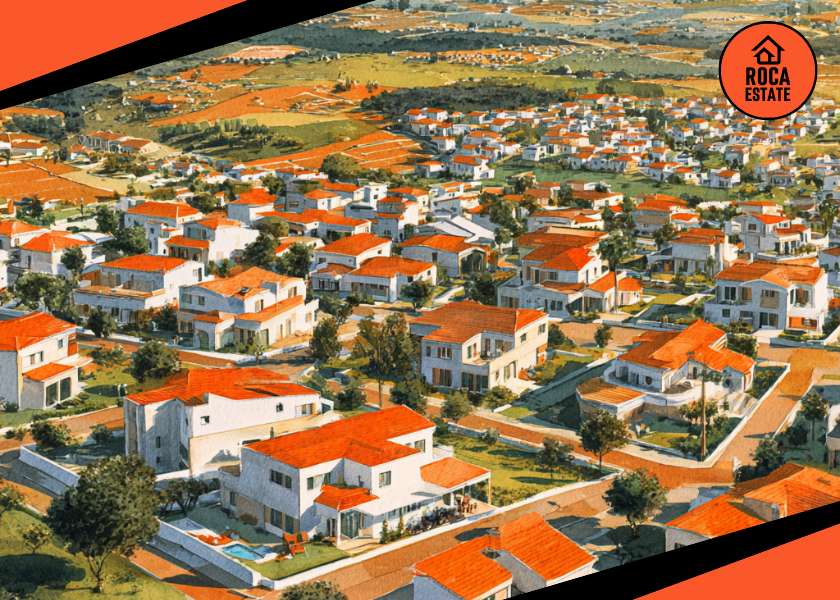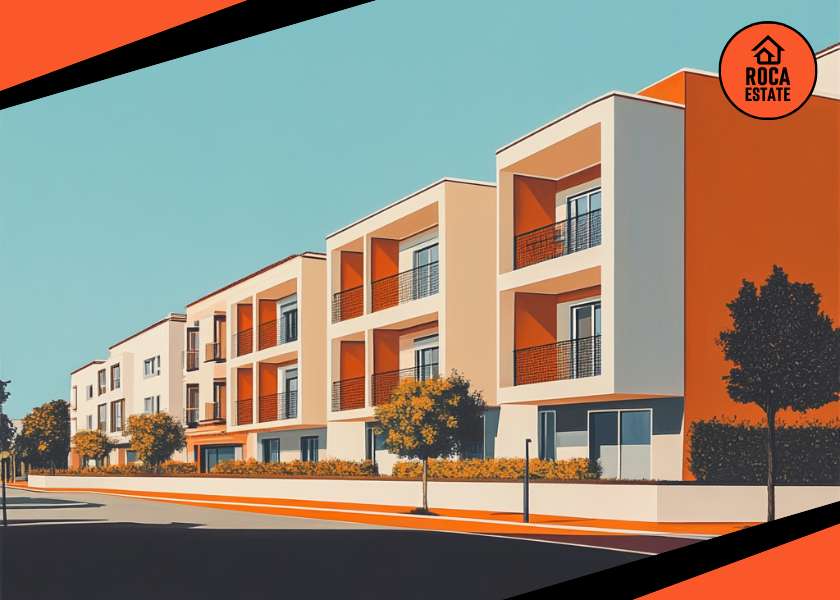Commercial real estate investment in Portugal is entering a new phase as interest rates continue to shift. The latest data from INE for April 2025 shows a further decline in implicit interest rates on housing credit, offering critical signals for investors tracking credit markets and their ripple effects across the property sector. While the report centers on residential lending, its implications extend into the commercial space, especially for those gauging future borrowing costs, tenant resilience, and asset pricing.
Key Highlights from the April 2025 Mortgage Credit Report
- National average interest rate on outstanding housing credit contracts fell to 3.663%, a drop of 7.2 basis points from March. This marks a cumulative decline of 99.4 basis points since January 2024.
- For newer contracts (last 3 months), rates rose slightly to 3.060%, signaling more cautious pricing for recent debt issuance.
- Average monthly installment on housing loans decreased to €396, down €2 from March and €8 year-on-year.
- Average capital in debt increased to €70,413, up €348 from the previous month. For new contracts, the average debt rose sharply to €150,231.
What This Means for Commercial Real Estate Investors
While the data pertains specifically to residential lending, it provides valuable insight into broader market liquidity, debt servicing pressures, and financial sector sentiment:
- Declining Rates Improve Sentiment
The sustained easing of interest rates implies growing confidence in macroeconomic stabilization or a deliberate shift by lenders to encourage borrowing. This creates a more favorable environment for refinancing and could spill over into commercial lending practices. - Rising Household Debt Loads May Influence CRE Strategy
An increase in average debt among households could either signal greater confidence or foreshadow saturation. For CRE investors, this requires watching retail and mixed-use assets closely – consumer spending and tenant health will hinge on household balance sheets. - New Loan Premium Suggests Risk-Aware Lending
The slight uptick in interest rates on new contracts, despite broader declines, indicates a selective tightening in lender criteria. This bifurcation – looser conditions for existing loans, tighter terms for new ones – suggests lenders are hedging against potential future volatility. CRE investors should take note when structuring financing or negotiating terms. - Yield Compression Pressure
Lower residential mortgage rates could contribute to tighter yield expectations in the property sector overall. Investors in commercial assets may find cap rate spreads narrowing, especially in sectors like logistics or multifamily, where competition for stable assets is already intense.
What to Watch in the Coming Months
- Next Release: The next INE report will be a crucial checkpoint. Investors should monitor whether the slight uptick in rates for new contracts becomes a trend or remains a blip.
- ECB Monetary Policy Signals: Any hints of rate adjustments will impact borrowing costs and capital flows into Portuguese CRE.
- Capital Markets Activity: Watch for increased REIT activity or foreign capital flows, particularly from markets where borrowing conditions are tightening faster than in Portugal.
Strategic Takeaway
For commercial real estate investors, the current environment suggests a cautiously optimistic outlook – but one that demands discipline. The downward movement in base rates creates short-term tailwinds, but rising debt levels and cautious lending in new contracts hint at long-term risks.
Risk management should prioritize sensitivity analyses under rising rate scenarios, especially for value-add and opportunistic plays. Meanwhile, stabilized assets in core urban markets may benefit from a favorable cost of capital in the near term.
For those evaluating entry or repositioning in this landscape, aligning with an experienced partner is key. Explore our real estate investment strategies for up-to-date insights and strategic positioning in Portugal’s evolving market.



